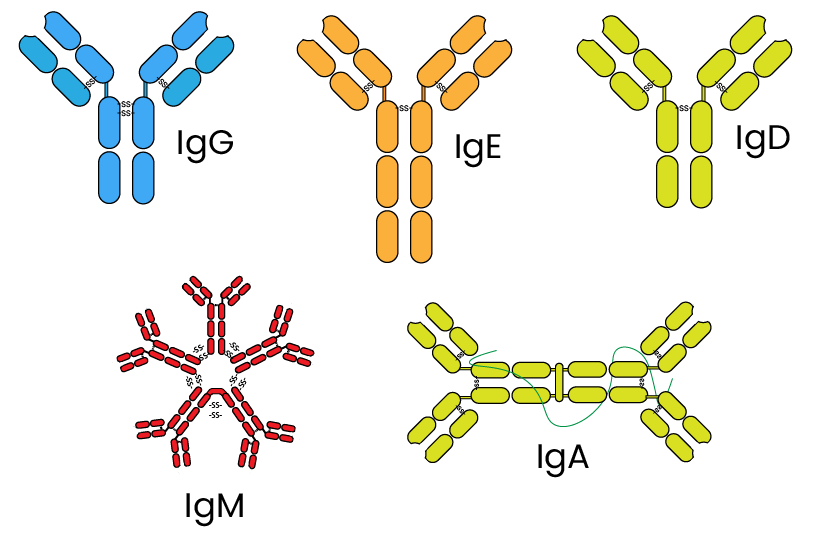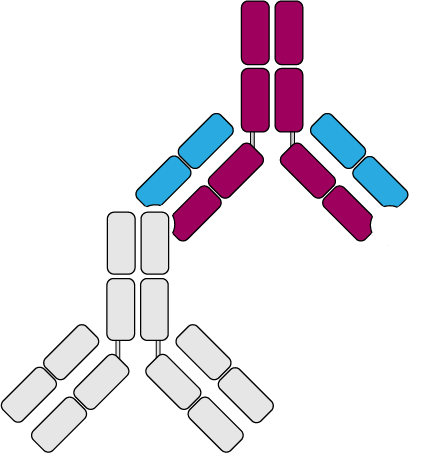Antibody classes and their structures
Immunoglobulins, often referred to as antibodies, are essential components of our immune system, responsible for defending our bodies against a wide range of pathogens and foreign invaders. These remarkable molecules come in various classes, each with a unique structure and function tailored to combat different types of threats. The five major classes of immunoglobulins are IgG, IgM, IgA, IgD, and IgE.




